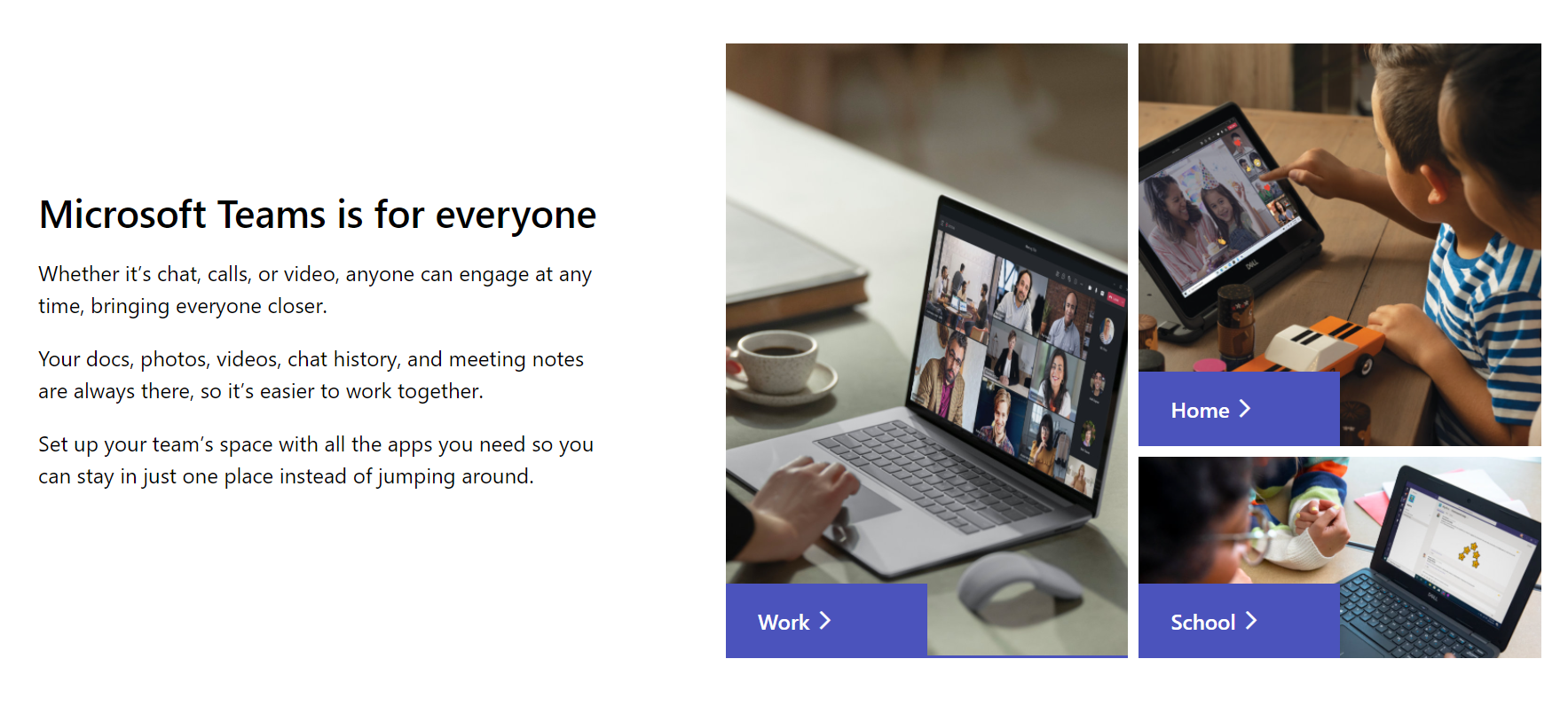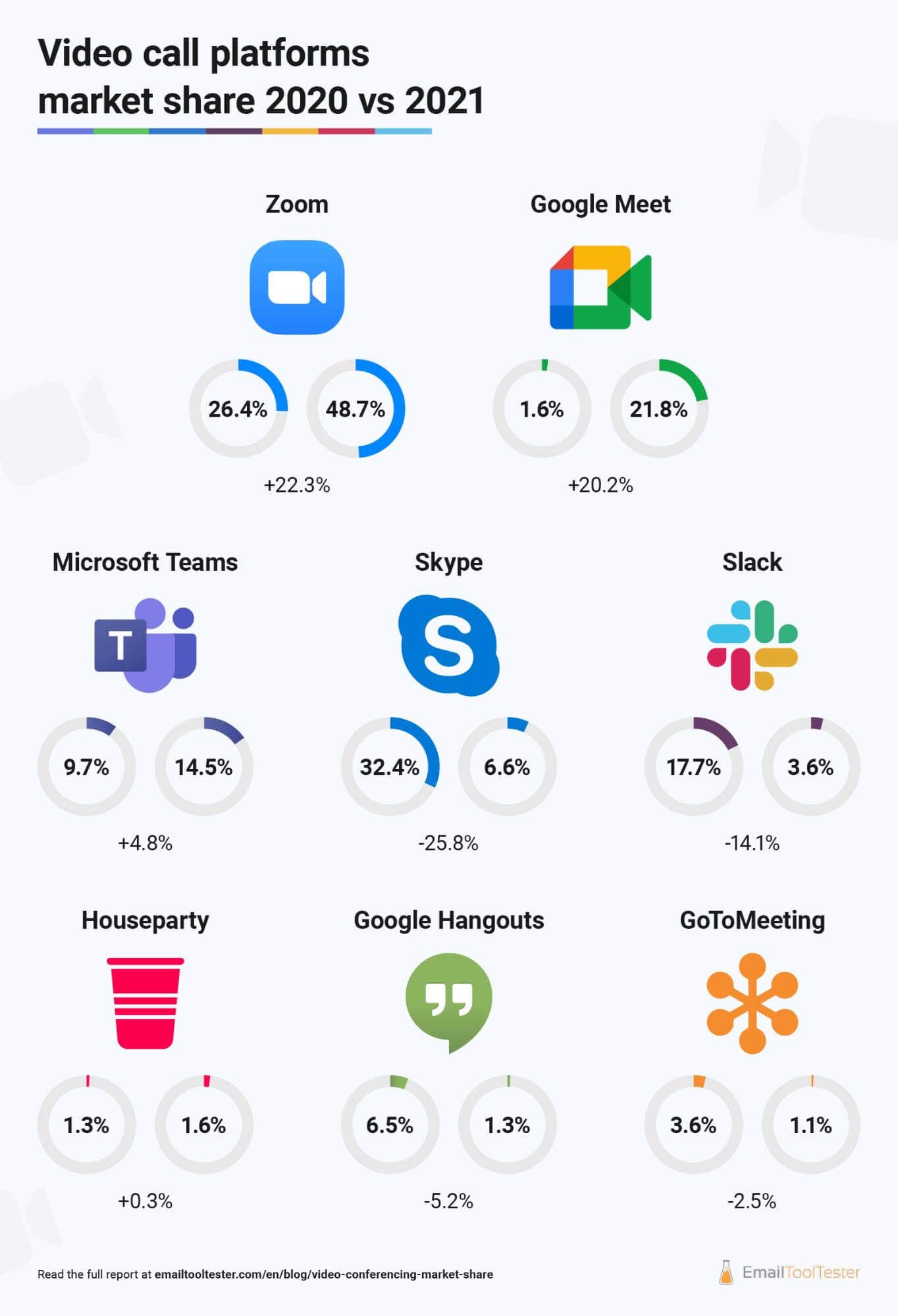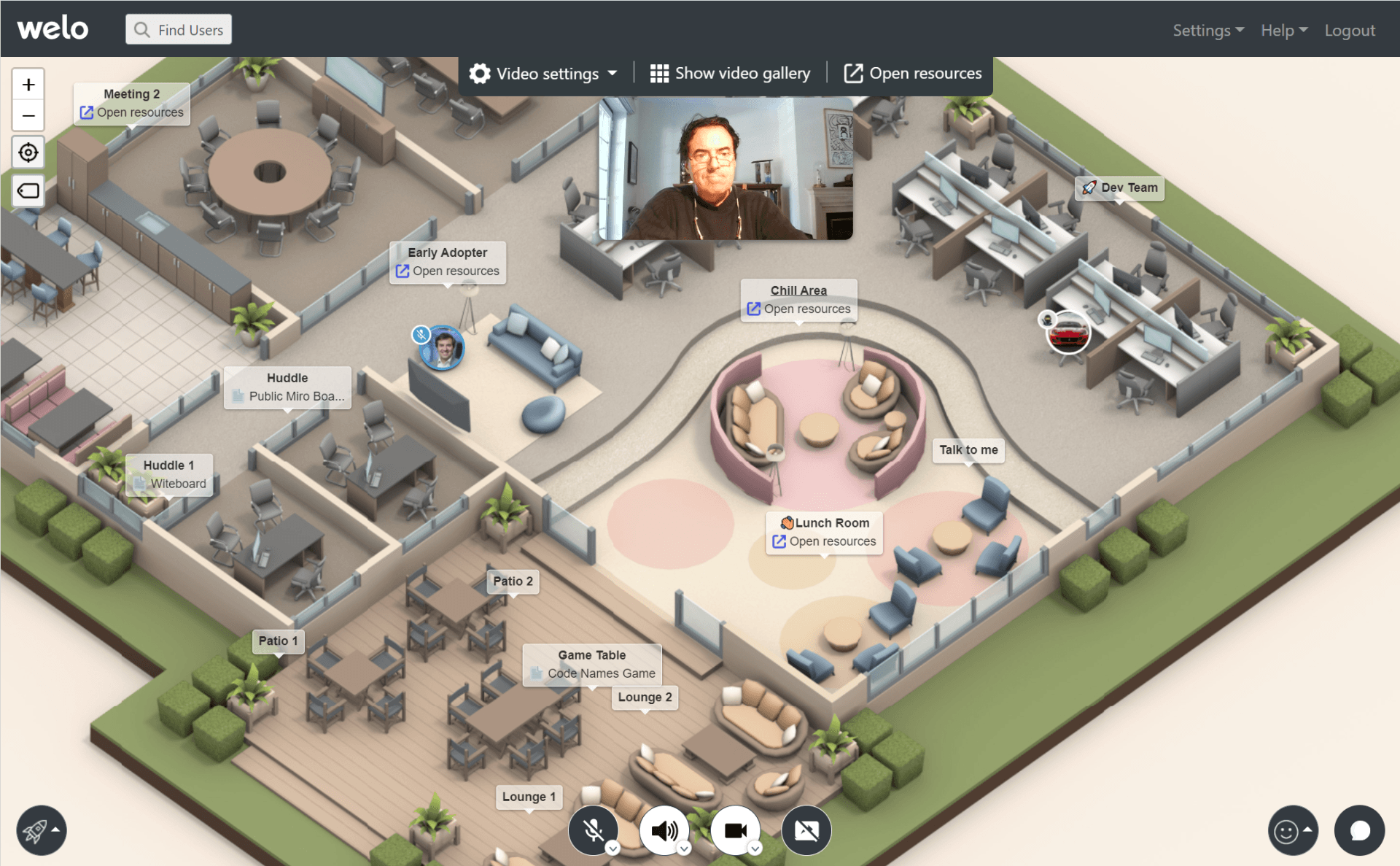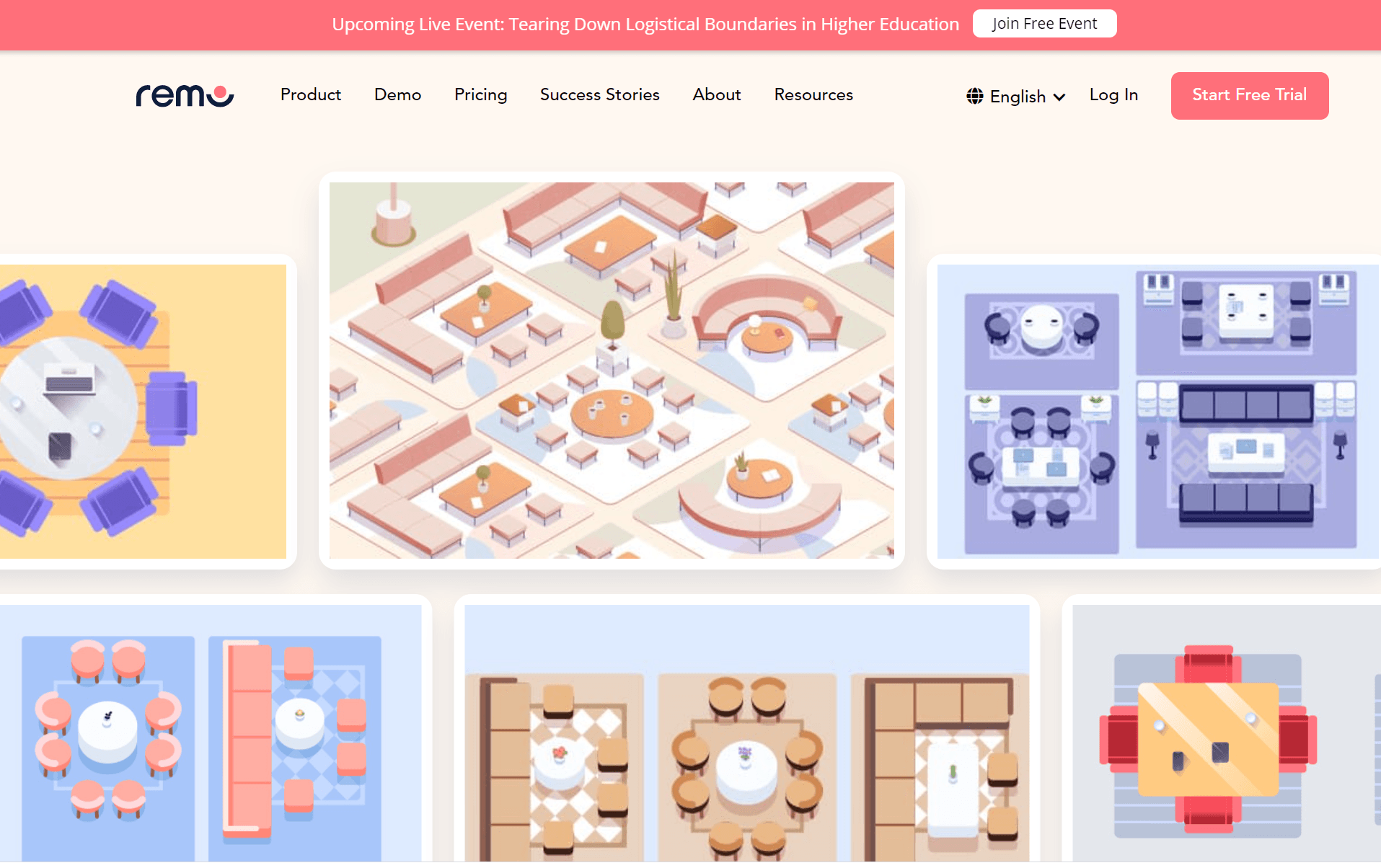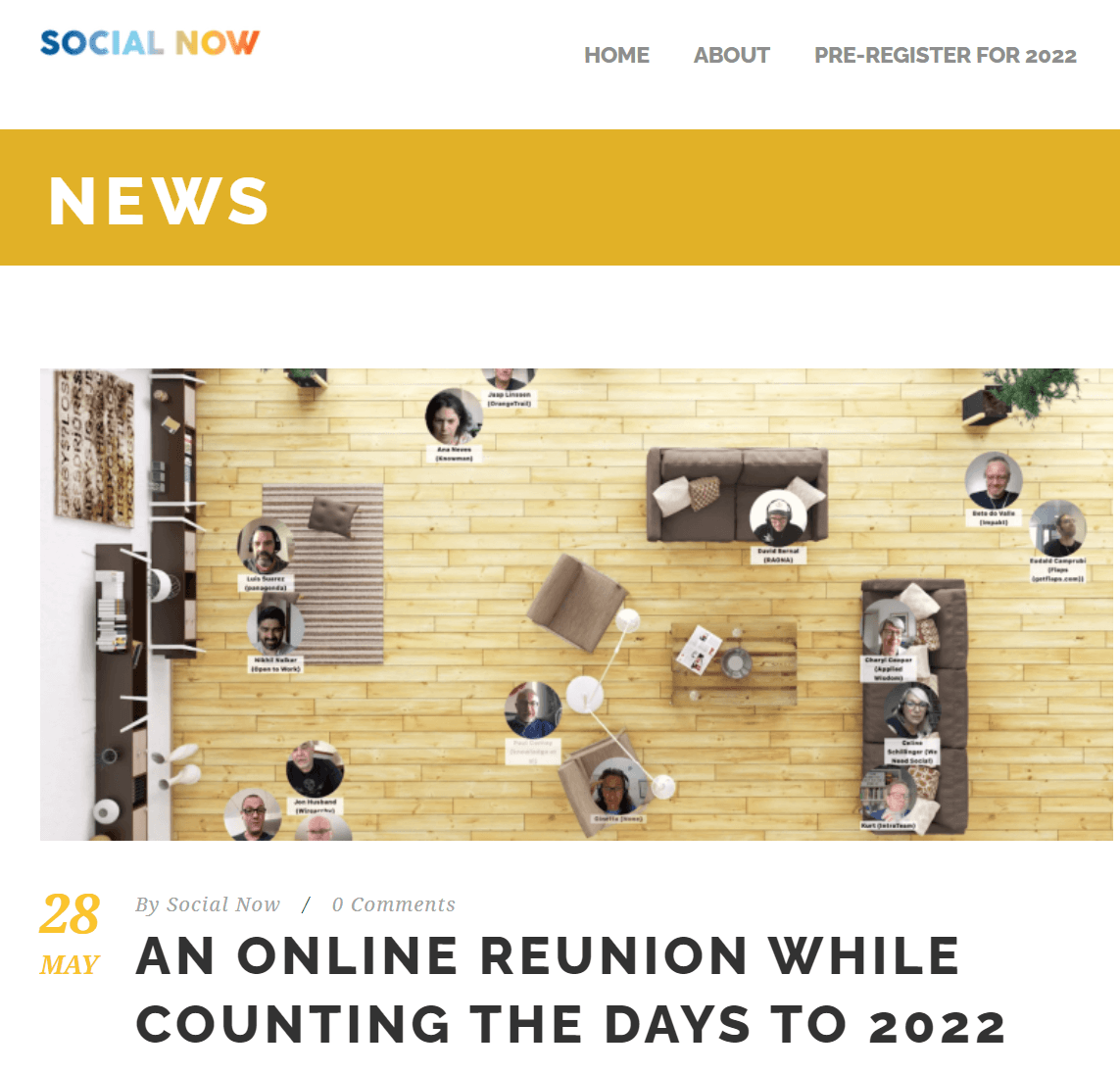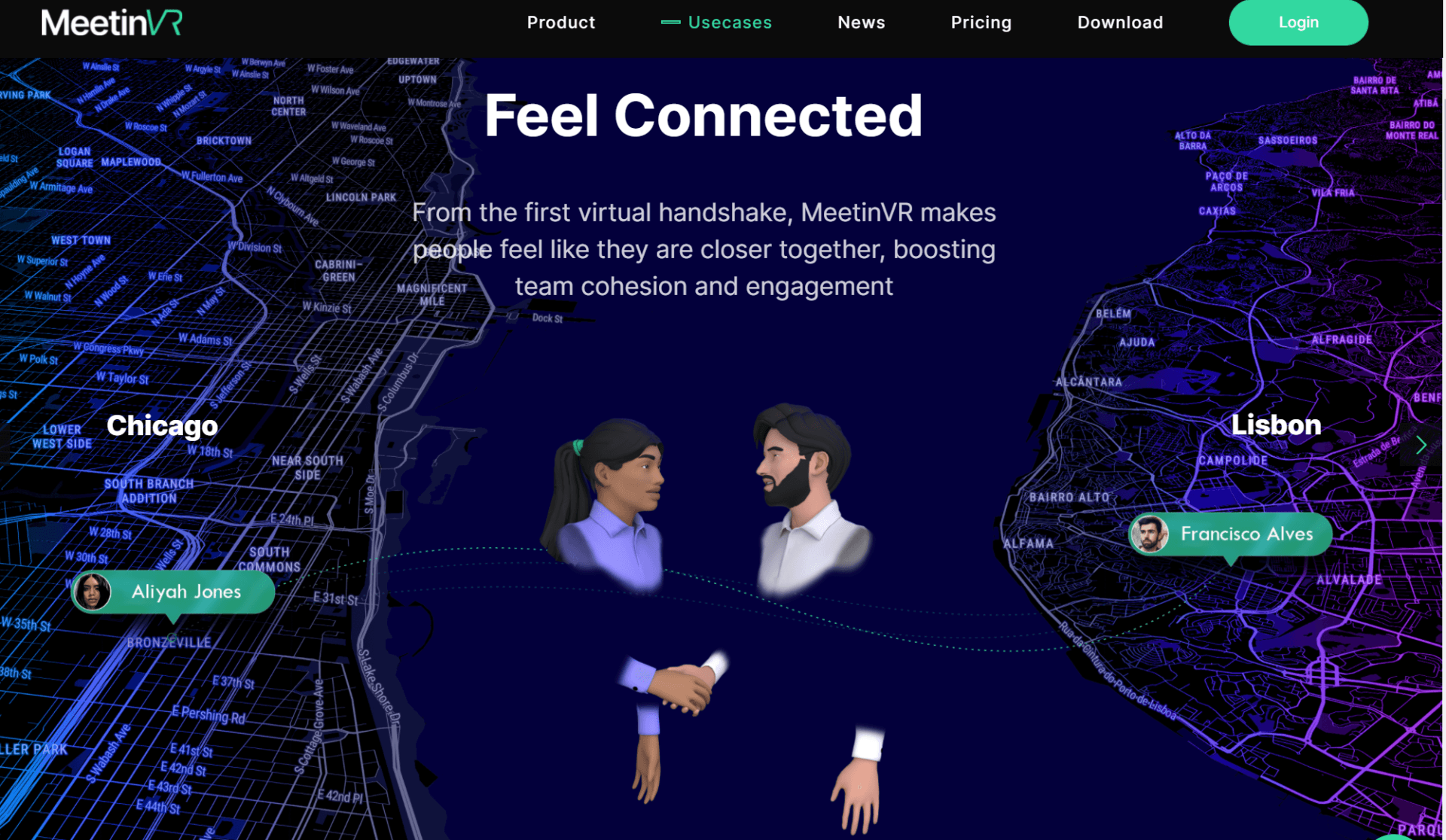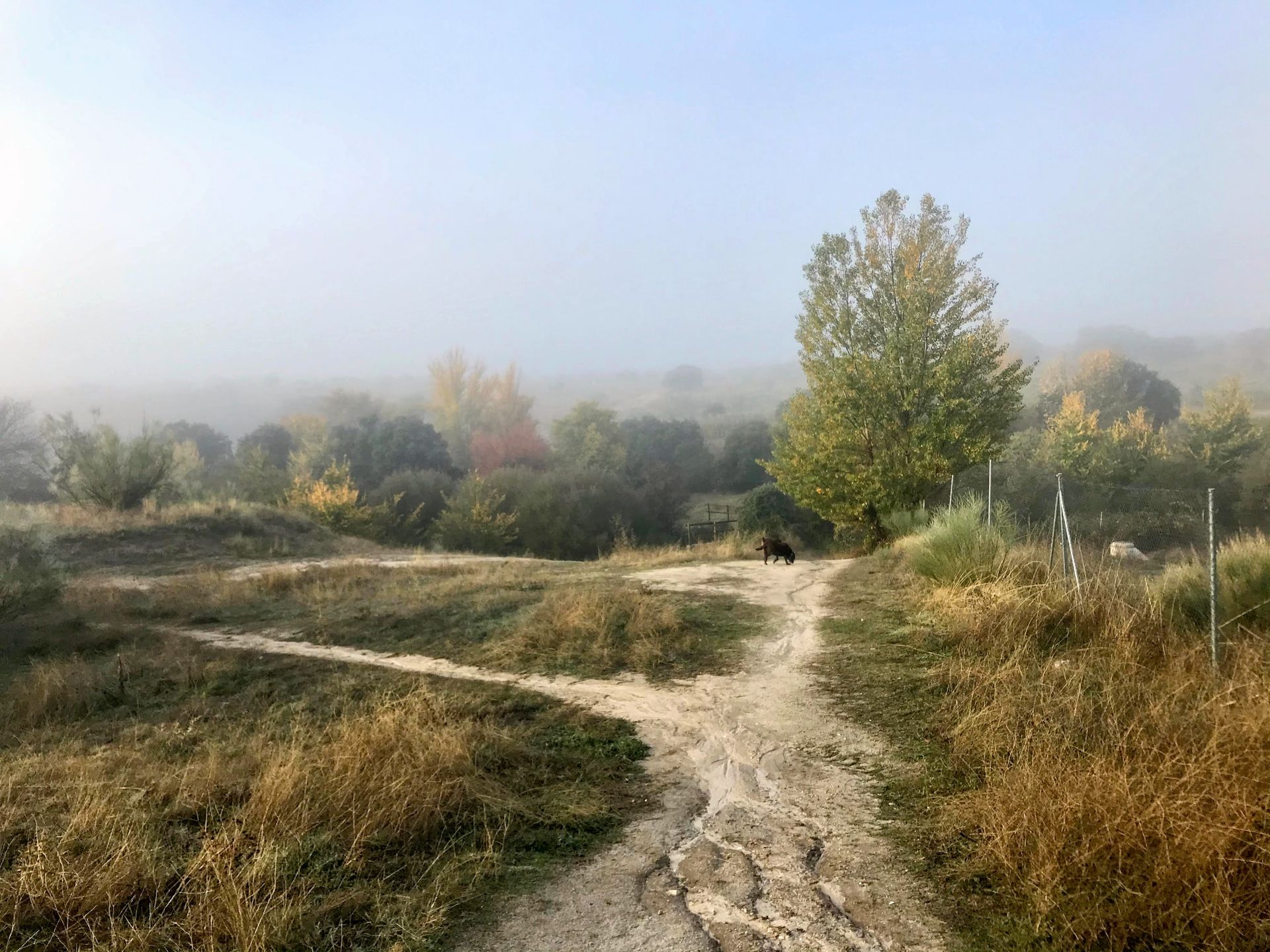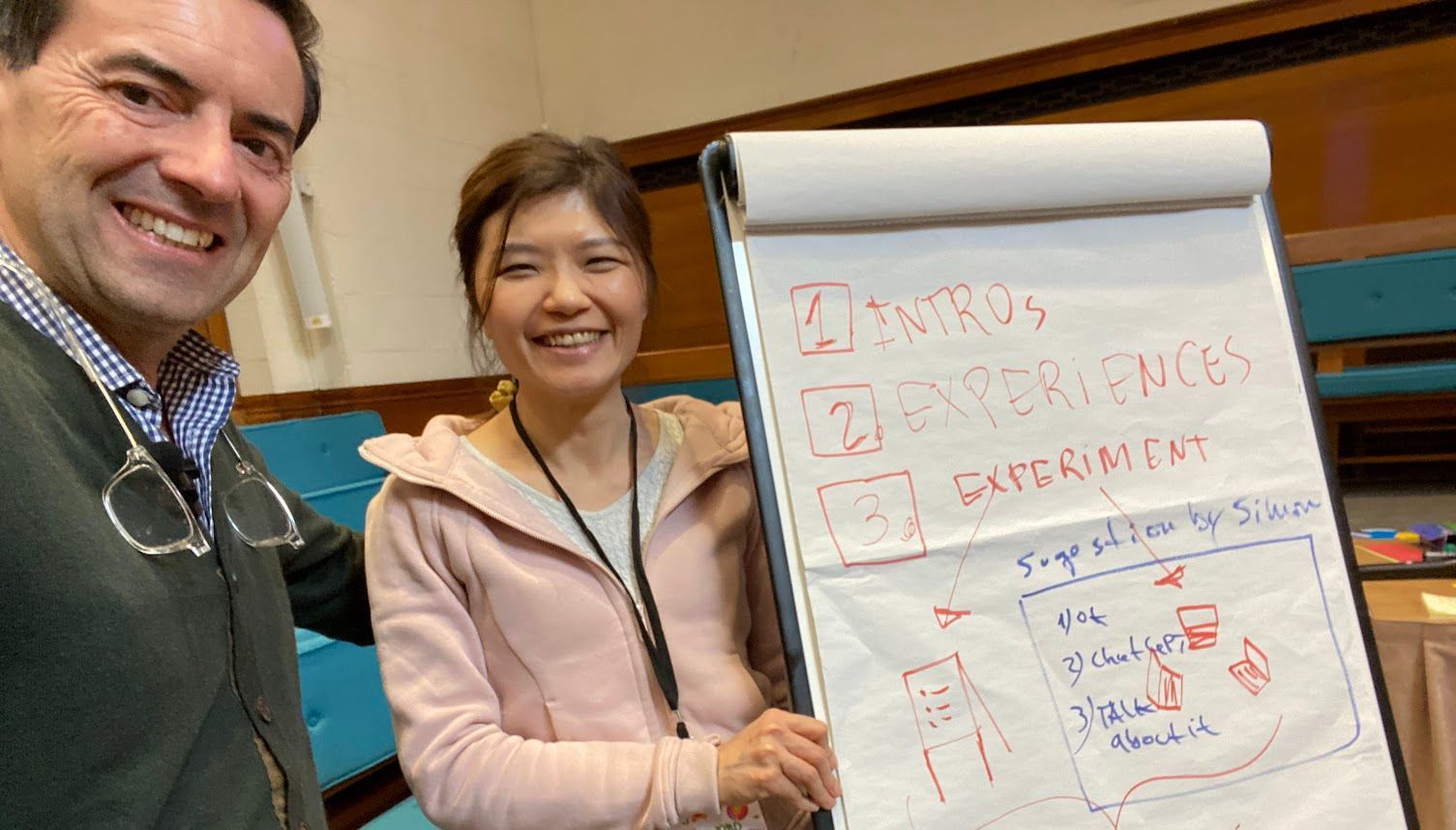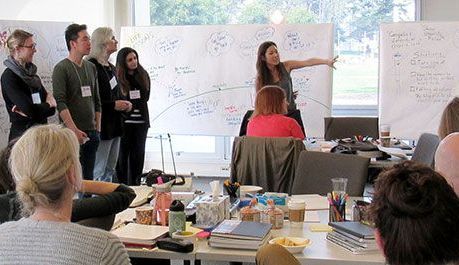The video collaboration landscape
Is the post-pandemic changing the way we meet and collaborate?
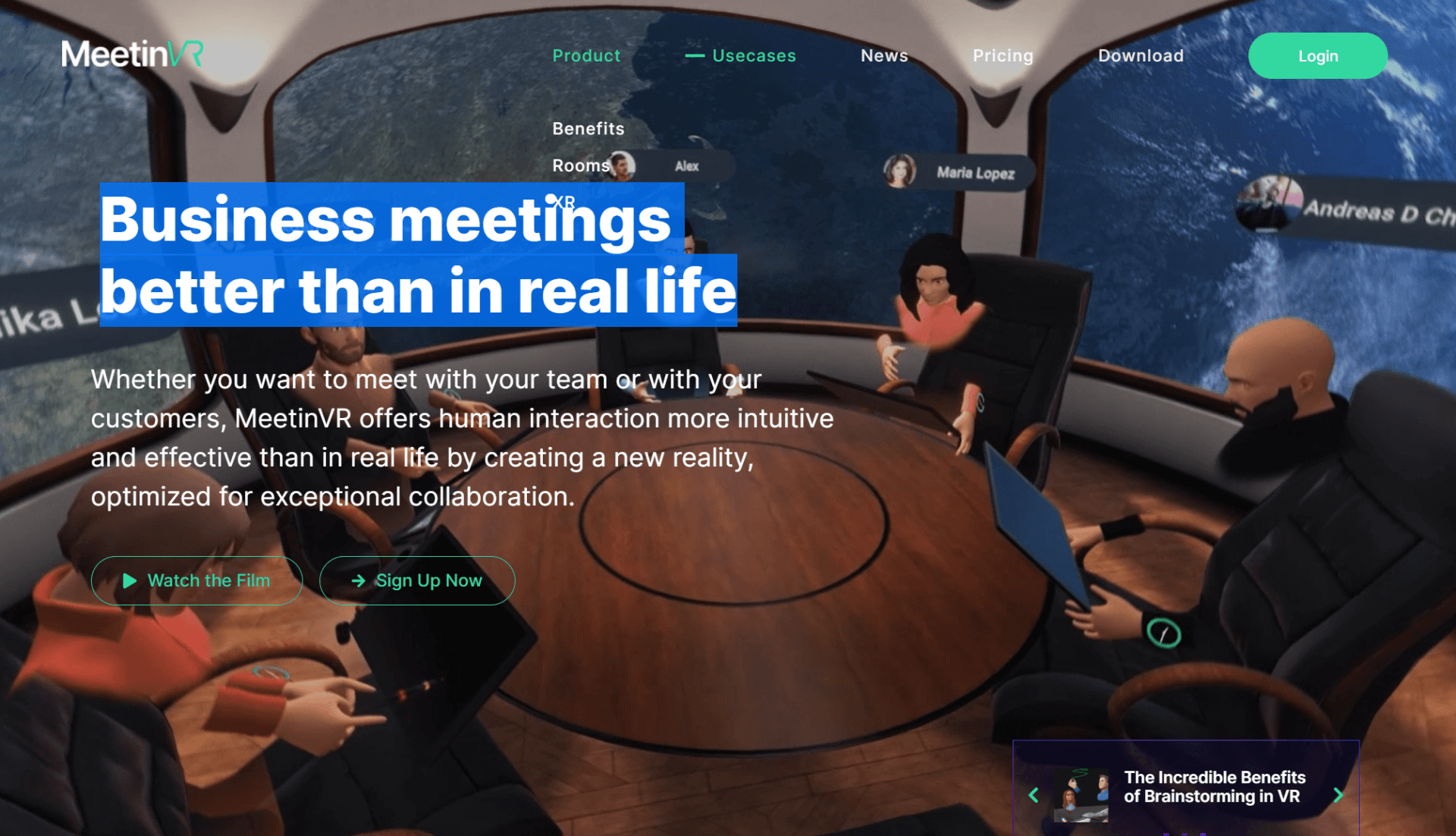
This is just one of those occasional times when I am publishing something as a shared note to others, a collaborative blog post.
It's more like a quest for a collective inquiry: has the pandemic had any impact on the way we meet and collaborate? Are we becoming all more collaborative?
So, I am kindly inviting anyone that also has something to share here, please use the comment box below and I will do a revised version incorporating all your inputs.
Enhanced Video-collaboration Platforms
I have recently attended an IAF Global webinar on "A demonstration of a virtual facilitation system called Butter" and realised just how crowded this space has become.
Besides Butter, there are at least 2 other equally promising platforms competing with very similar functionalities: Video Facilitator and Toasty.
My major concern is to find a suitable name for this kind of product category, provisionally, I propose to use Enhanced Video Collaboration Platforms.
What should be the core features of any collaboration product to be included in this category?
Let's say that a mainstream video-conference product like Zoom or Webex decides to include an enhanced feature such as breakout rooms that were originally available only on Adobe video collaboration product - Adobe Connect - would that mean that they are also a part of this category?
As the video conference market grows - and these last two years it has grown tremendously - every player will be adding features to make their value-proposition even more attractive.
Yet, there are obvious differences between these 3 new products (by alphabetical order) Butter, Toasty and Video Facilitator and the rest of the videoconferencing world.
Confused? Let me shed some light by bringing some important product differences that should help us navigate the increasingly complex landscape of video collaboration today.
What's your intention?
Whenever I am faced with a new product I always start to ask the famous why question added by a second one.
Why this product and what's your intention?
If we take Zoom, for instance, we immediately grasp the product's original intention - to make internet-based high quality video-conference universal and affordable for all.
In 2013, Zoom enters this space with a clear proposition and disrupted the market by becoming the best seller with affordable prices and a free option for anyone to host a video meeting less than 45 minutes long.
As early as back in 2011, Microsoft was already attentive to the world of video communication and acquired a small Danish startup Skype that soon became the universal standard in video communication. This was seen as an incredible move and it could have been the biggest opportunity for Microsoft to take a huge advantage in the video collaboration market if properly managed.
Yet, Microsoft is an enterprise technology company that struggled to integrate a consumer product such as Skype within its enterprise customer base.
The confusing creation of a Skype for Business version - a product that left the domestic Skype user outside the meeting room - created the ideal conditions for Zoom to start growing and becoming today the de facto standard video conference platform in the world.
The irony is that It could have been Skype instead of Zoom.
Skype witnessed the biggest loss of 26% of the global market share during the pandemic to hold as low as less than 7% of its customer base.
The Magic Trio: Video-Collaboration for the Digital Facilitator
Whereas Zoom and Google Meet were designed for the average user to host a video conference, the magic trio - Butter, Toasty and Video Facilitator - were created to improve video collaboration in the world of professional meetings and facilitated workshops.
All these new products were designed to convert the average facilitator into a digital facilitator.
This is what sets them apart and justifies the creation of the Enhanced Video Collaboration Platform category.
Their enhanced features vary in range and functionality. It would be out-of-scope to conduct here an exhaustive comparison and I am not sufficiently experienced in the use of these tools to recommend any of the magic trio's products on top of the others.
So, why not look for yourself each of their features:
- Butter has a personalizable welcome screen that I like a lot, more features here. Free trial without price information.
- Toasty offers a collection of useful adult learning activities that you can use to design your session, more features here. Free trial and prices range from 15 to 40 USD monthly
- Video Facilitator participants can self select which conversations they wish to participate in and you can return everybody to the lobby with a gentle reminder, more features here. Free trial and price is 30 USD monthly or 330 USD yearly.
As the video collaboration market matures, main stream players such as Zoom, Webex will all be adding more and more pro-features similar to the ones you can find in any of this Trio's products. However, their design intention is not to serve meeting professionals, just the regular user. That's a key difference.
The exception would be Adobe Connect, which was designed from the start with educators and adult learning professionals in mind and was the first to offer a room breakout feature that granted them several industry awards. Currently in its version 11, it's a solid platform but probably their price positioning and Zoom aggressiveness have made it less and less used except for a small base of loyal customers, mainly some large US universities.
The Leader fights back
There is a business case for these startups to offer enhanced video collaboration software as a service.
The proof of this is that the market leaders themselves are also constantly improving their basic offers with additional enhancements.
The latest move from Zoom is the introduction of a Zoom Marketplace loaded with meeting productivity Apps that can make or break your next online meeting.
This initiative was discretely announced only a few months ago and it's amazing to see a huge response from all the key players in the market, including MS Teams. Yes, you can indeed use all the collaborative features of Teams from within a Zoom online meeting and this is what can make life more difficult to our Magic Trio.
The categories in this new marketplace are exhaustive, ranging from Analytics to Finance, Games, Lifestyle (yes, virtual fitness), People Ops and Telehealth, besides all the learning and education Apps that you could expect from a great school companion during the pandemic (Zoom offered free services to schools).
My particular recommendation goes to Grain an amazing App that lets you create 'event stories' like this one I have easily made for Digital Collab Americas.
Enhanced vs. Augmented video-collaboration
If you look in the dictionary, the difference is that enhanced is in a version or form that has been improved or made better than some other standard form while augmented is increased in number, amount or strength.
Recently everybody is stepping on the "hybrid workforce solution" bandwagon. Just by looking at Webex, Teams or even Zoom homepages, you will see that the "Enabling the Hybrid Workforce" is a common proposition and we should all be thankful for that shift.
Better virtual or online meetings are a blessing and our planet will be saying thank you. My previous blog post "Evolving from online meetings" also makes this case.
However, besides the big players (Zoom, Webex, Adobe Connect) several small startups are addressing the opportunity created by hybrid work and the need for everybody to be seen as part of the same collaboration space regardless of being at home or the office.
In this case, they are quite more than three so I am writing about the ones I have personally experienced - Hubbub, Remo, Welo and mentioning a few others.
My experience with Welo
I was impressed by the look and feel of this virtual space, and when you meet you can pick a space for your particular needs.
If you are meeting with a customer you may book a huddle room and have a private conversation there.
Each space can be configured to provide a range of digital aids and I suspect that in the future, people in the office will prefer to use a this digital space to meet rather than the actual physical room. Although, in practice, you can blend both and become hybrid.
A pioneer that specialized as a digital events platform
My experience with Remo is more in-depth. Along with my dear colleague Rachel Malek and Ho Yin Cheun (Remo Founder), I had the privilege to host a historical session, you can read more about it in a previous post: Finding Home in cyberspace, just 6 months before COVID19 exploded on all of us.
After this, I have hosted a series of events in my LinkedIn Group: Digital Tools for Virtual Collaboration and the experience was great due to allowing freedom to all participants to pick the place where they would like to be, the same experience we have in Welo.
Whereas Welo is designed to be an office space, Remo is designed for the event. But both thrive on the value of offering participant's engagement and this seems to be a value-proposition in high demand.
Finally Social Now and Hubbub
My dear book reviewer Ana Neves is renowned in the KM (Knowledge Management) world because she hosts a Social Now a global event that puts the city of Lisbon on the map of the world during June.
This year she decided to invite Social Now community members for a virtual gathering using Hubbub. Ana Neves, founder and managing director of Knowman, the organiser of Social Now, described the Reunion as the coffee break of Social Now without the actual conference or the coffee.
The length of my stay was brief and not enough practice for a verdict but judging from other participants it allowed for a great virtual gathering:
more.
Extremely augmented video-collaboration
Besides these last 3 video-collaboration platforms (Hubbub, Remo, Welo) many others are gravitating in this same space, worth to mention in the Augmented Video Collaboration category are Spatial chat (pioneers in the use of spatial audio technology), Pluto and Teamflow.
Yet, likewise Zoom, big players are ready to approach this space and bringing the next level in video collaboration and this means immersive 3D virtual reality.
The claim for hosting business meetings better than in real life is already being made by MeetinVR a Danish company that uses FB's Oculus headset technology and can be purchased in their store. You may want to check this article from Inavate magazine for some other alternatives.
According to Venturebeat, MeetinVR features VR (virtual reality) collaboration tools such as spatial sound, 2D/3D drawing, and speech-to-text note-taking and other distinctive features such as being able to shake hands virtually, 360 media casting, Microsoft OneDrive integration, meeting management, and a set of tools for workshop participants, facilitators, and moderators.
Yet, the latest news is that Facebook themselves have now created a 3D meeting software platform Horizon Workrooms that is going to be free for all.
This aggressive bet on the democratization of VR-based video collaboration evidences the obvious. The VR industry has exploded over the last 12 months, as people have been looking for new ways to divert themselves and discover the power of immersive technologies
Who dares to write the conclusions here?
There is no doubt that this pandemic had an acceleration impact on the adoption of technology that (fortunately) was already available for since long.
I cannot imagine humanity being caught by these massive lockdowns without the existing video collaboration infrastructure, the economic impact of the losses could have been much more devastating and throwing us close to the economic levels of the XIX century or worse.
We were so fortunate that everything was already in place and the server farms could just be ploughed with more data storing and processing capacity.
Yet, working in isolation revealed and exposed what we had already discovered in physical workplaces. the need for better human connections and workforce engagement.
This is true regardless of basic, enhanced or augmented video collaboration. It has to do with the human agency only. Leaders in the post-covid era need to understand how to become Digital Leaders and Facilitators that work for them as consultants need to learn how to become Digital Facilitators.
About the author
Paul Nunesdea is the English pen name of Paulo Nunes de Abreu, Facilitator, Master of Ceremonies, Author, and Publisher of the book series - Architecting Collaboration, his LinkedIn profile can be reached here, or in Spanish here, or Portuguese here.
Paul is an IAF Certified Facilitator™ who designs and hosts events for clients ranging from large companies to municipalities and regional governments.
His academic background as a PhD researcher combined with +15 years of experience as a former CEO and entrepreneur has sharpened a client-serving mentality eager to co-create win-win solutions. As an NGO founder, he co-founded Digital Health Portugal and hosts the Health Regions Summit, the Health Data Forum, and several other initiatives.
As both a GroupMap™ and Howspace™ certified facilitator he co-founded the Digital Collaboration Academy with renowned facilitator Peter Seah united by the vision of creating and sustaining a new emerging field -
Digital Facilitation - augmented by the core competencies of the IAF - International Association of Facilitators.
Additional references
3 smart video collaboration features we still need, by Rob Enderle, Computerworld, 13 Aug 2021
Exploring the Competitive Landscape of Video Conference Tools, by GBSN Research June 12, 2020
Follow Us
"Be brave enough to start conversations that matter and shift the direction of change for the better."
col.lab | collaboration laboratory is a spin-off from the book series " Architecting Collaboration " and our privacy policy can be consulted here
My Meeting Support is an event services brand by col.lab | collaboration laboratory






